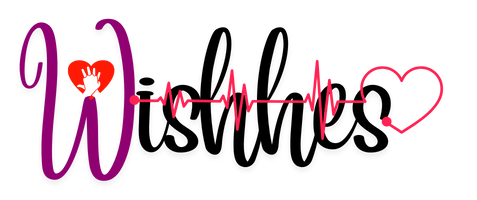Migraines disrupt daily life for millions of people, but understanding your triggers is a crucial first step toward relief. While some triggers, like stress or certain foods, are well known, many everyday causes are often overlooked. By identifying these subtle yet significant factors, you can reduce migraine frequency and improve your quality of life. If you’re seeking effective ways to minimize attacks, expert support is available for migraine treatment Jacksonville, FL, to help manage and prevent future episodes.
Knowing what to look for in your environment and routine can make all the difference. Addressing hidden migraine triggers often involves making small, sustainable lifestyle changes that will pay off in the long run. For the best results, combine practical prevention strategies with professional insights to tailor a plan that works for you.
Dehydration: An Easily Missed Contributor
Even mild dehydration can prompt a migraine, so monitoring your fluid intake is essential. Simply waiting until you feel thirsty is not enough setting reminders to drink water regularly or carrying a reusable bottle can help maintain proper hydration throughout the day. Research published by the Harvard Health Blog emphasizes the link between dehydration and headache disorders, including migraines.
Skipping Meals and Irregular Eating Patterns
Missing meals can lead to drops in blood sugar, a well-known trigger for migraines. Prioritize regular and balanced meals to help stabilize glucose levels. Carrying healthy snacks and planning are simple strategies to reduce your chances of an attack due to hunger.
Poor Posture and Muscle Tension
Sedentary lifestyles and time spent at computers or on mobile devices can damage posture. Slouching leads to muscle tension in the neck, shoulders, and upper back, which is closely linked to migraines. Practicing ergonomic habits and scheduling short movement breaks can significantly lessen your risk. According to the Cleveland Clinic, muscular tension in these areas is a frequent, under-recognized migraine trigger.
Sleep Disturbances: Too Little or Too Much
Consistency in sleep routine is key for migraine prevention. Both sleep deprivation and oversleeping disturb the body’s circadian rhythm, increasing vulnerability to attacks. Strive for a regular bedtime and wake time, avoid screens before sleep, and create a restful environment to support quality rest.
Caffeine Fluctuations
Caffeine has a dual role in migraine management while it can relieve some headaches, abrupt changes in intake often bring on migraines in sensitive individuals. Aim to keep your daily caffeine dose stable, and when reducing caffeine, do so gradually to avoid triggering withdrawal headaches.
Stress and Emotional Triggers
Ongoing stress from work, family, or other responsibilities is among the most common migraine catalysts. Elevated adrenaline and cortisol levels disrupt normal brain activity, leading to migraines. Incorporating relaxation techniques such as deep breathing, meditation, or gentle exercise can reduce the negative impact of stress on your health.
Environmental Factors: Light, Smells, and Noise
Everyday environments often contain hidden triggers like fluorescent lighting, strong perfumes, or excessive noise. Sensitivities can vary, but minimizing exposure when possible using sunglasses, choosing unscented products, or working in quiet spaces often brings relief. Keeping notes on exposure and symptoms will help pinpoint which environmental factors affect you the most.
Weather Changes and Barometric Pressure
Sudden shifts in weather, including temperature and humidity swings or pressure changes, are well-documented triggers for some migraine sufferers. Although you can’t control the weather, tracking patterns can help you prepare, adjust routines, and possibly prevent attacks.
How to Avoid Hidden Triggers
- Stay hydrated:Drink water throughout the day, and adjust intake if you’re physically active or in hot conditions.
- Maintain regular meals:Set reminders to eat and choose foods that provide steady energy.
- Watch your posture:Use ergonomic chairs, keep screens at eye level, and stretch regularly.
- Establish a sleep routine:Create a calming pre-bed ritual and stick to consistent sleep and wake times.
- Monitor caffeine and stress:Avoid major fluctuations, and practice daily relaxation exercises.
- Be mindful of your surroundings:Use sunglasses, earplugs, and avoid strong odors as needed.
- Track your symptoms:Use a headache diary or mobile app to identify personal triggers over time.
Pinpointing your unique migraine triggers is an ongoing process, but with awareness and a few strategic adjustments, you can dramatically decrease your risk of attacks. Combining self-care habits with professional expertise ensures you have comprehensive support for every step of the journey.
Read more: AI Action Plan and the U.S. Government’s Focus on Tech Innovation
Unveiling the World of Online Casino VUA88 – Classy, Prestigious and Different
Why 0% beer can still be dangerous for addicts




